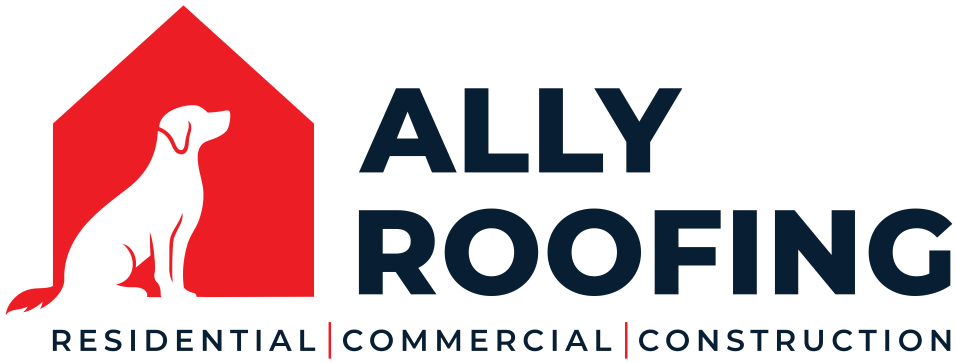When excessive moisture accumulates indoors, mold growth will often occur. Mold spores can move through indoor air presenting challenges to those with medical conditions like asthma. Toxic mold in commercial buildings can require expensive and intrusive remediation work. The negative publicity associated with these problems can result in serious legal and financial consequences. It’s never too early nor too late to address commercial property mold.
With the increased attention to toxic mold, owners and tenants of commercial buildings are beginning to address mold prevention and remediation directly. The focus being on the risk assessment and prevention of mold issues.
Health Hazards of Mold in Commercial Buildings
Tenants or employees with asthma or weakened immune systems tend to have a sensitivity to mold. This can often result in symptoms of nasal congestion, skin irritation, difficulty breathing, or itchy, watery eyes.
In the case of black mold in commercial buildings, exposure can lead to more severe reactions like, “chronic lung disease, chest inflammation, and upper-respiratory tract symptoms,” according to the CDC. People living or working in moldy conditions may start out with the mild symptoms. It is through prolonged mold exposure that these more severe symptoms begin to appear.
Prevention of Commercial Property Mold
The Environmental Protection Agency (EPA) recommends these tips in your quest to prevent commercial property mold before it becomes a legal issue:
- Ensure all leaky plumbing is fixed; Correct all noticed wet spots;
- Completely eliminate condensation through insulating or increasing air circulation;
- Reduce the moisture level in the air and add ventilation to reduce humidity;
- Maintain indoor humidity level below 60% with a goal of 30-50%;
- Conduct routine building and HVAC inspections;
- Provide proper drainage and sloping to eliminate wet foundations.
Ultimately, stay vigilant, make repairs, and decrease moisture to ensure a winning fight against mold in commercial buildings. If you realize that the problem is already too big to handle, then it’s time to call in the mold removal and remediation professionals.
Commercial Property Mold Response
If you spot a mold problem, then remediation is necessary to ensure the safety of the building’s occupants. A few steps to take when responding to a commercial property mold problem:
- Do not touch the mold directly! Contact with mold can irritate your skin. Also, make sure to wear a respirator to protect your lungs;
- Take note of all mold damages;
- Turn off the HVAC to prevent further spread;
- Consult your local mold removal and remediation specialist;
- Find and fix the source of the moisture or water;
- Keep information open between yourself and the building’s occupants;
- Make it a routine to check for any recurring water problems.
The CDC estimates that there are between tens of thousands to over 300,000 species of mold. It is the best interest of any business to avoid complex and costly litigation resulting from a toxic mold problem. With proper maintenance and routine checks, the prevention of mold in commercial buildings should not be overcomplicated. Nor should it be overlooked. If your suffering a commercial property mold problem, then contact a mold remediation and removal team immediately.
It always pays to be well prepared for whatever the future brings. This is also why you should have a restoration company you know and trust. Mission Restorations has experts in fire, water, and mold restoration. If ever in need of services, don’t hesitate to call the best damage restoration team in Charlotte and its surrounding areas at 704-727-2000.




I got what you mean, thanks for putting up. Woh I am glad to find this website through google.